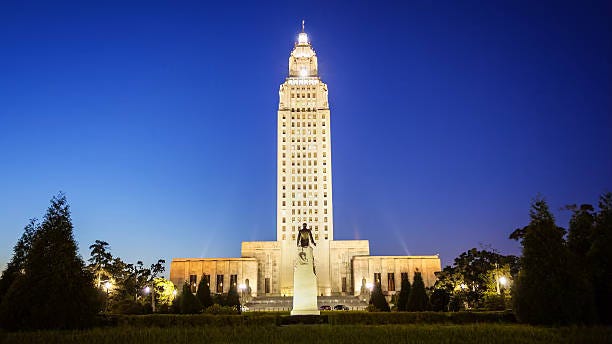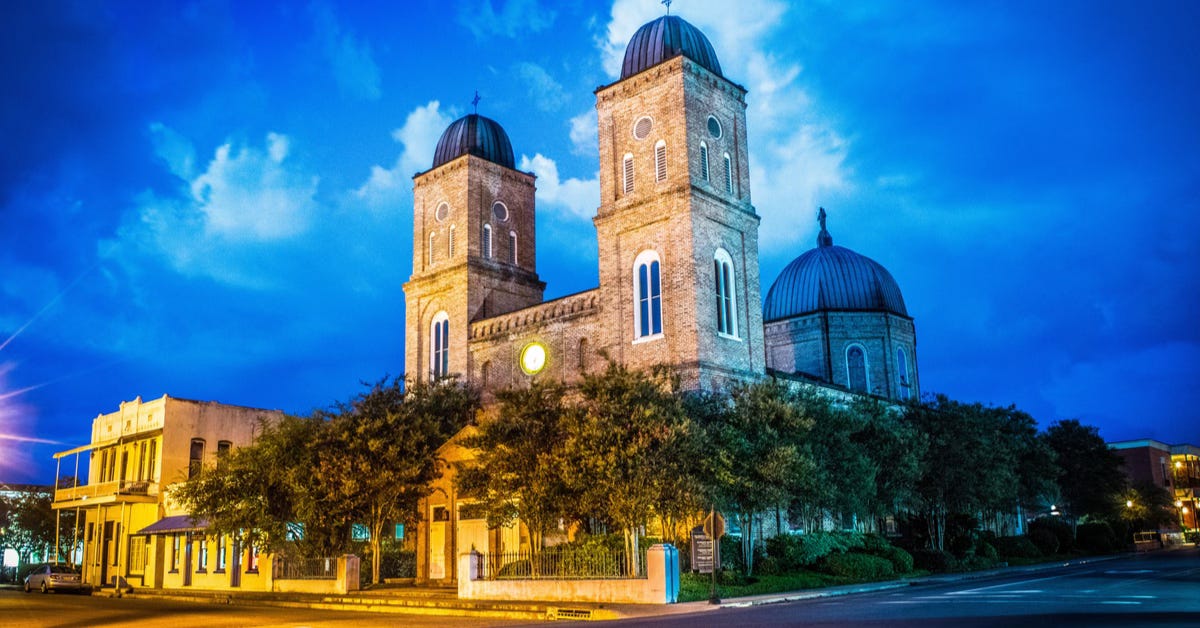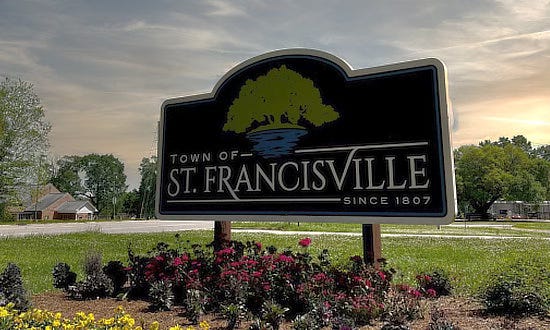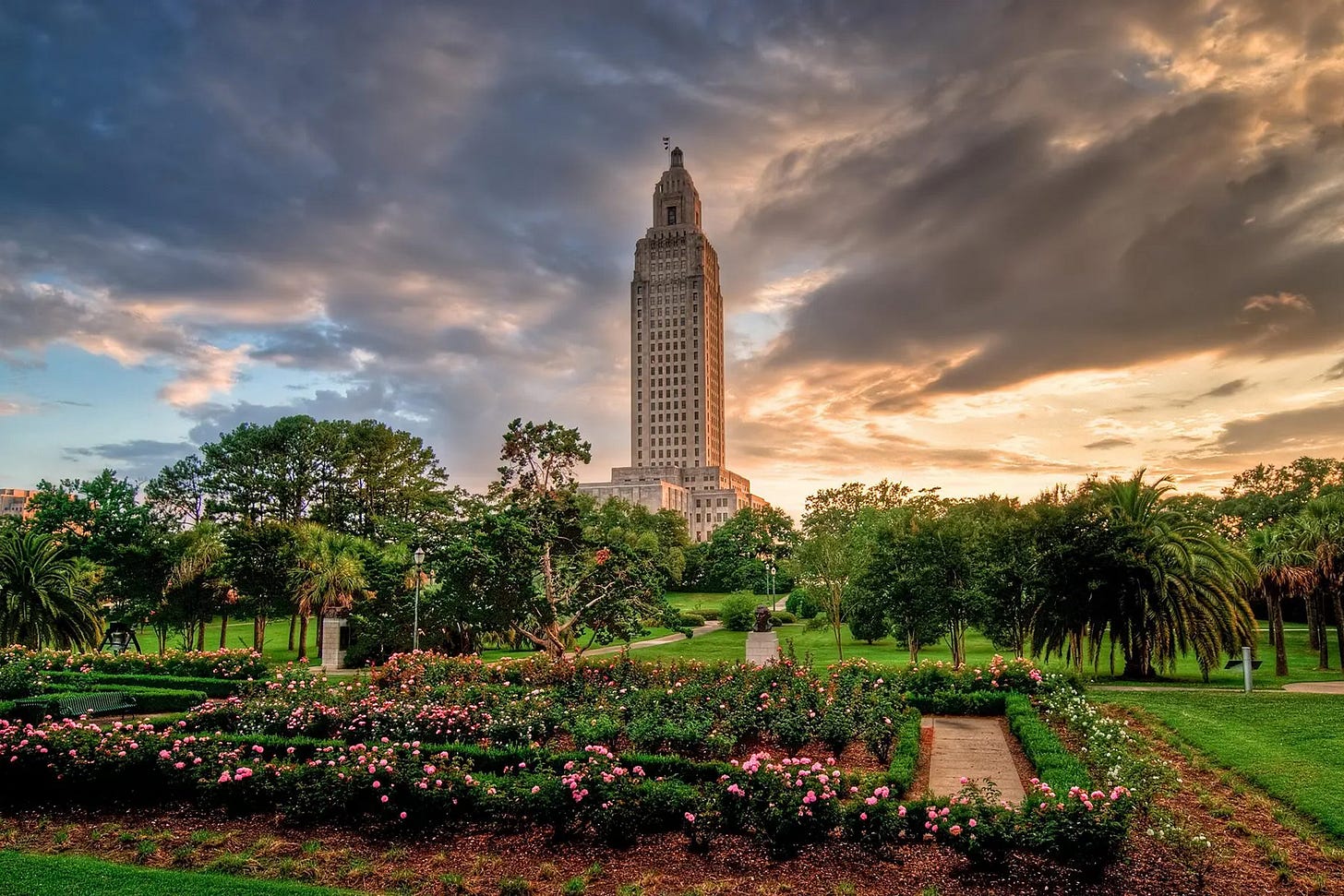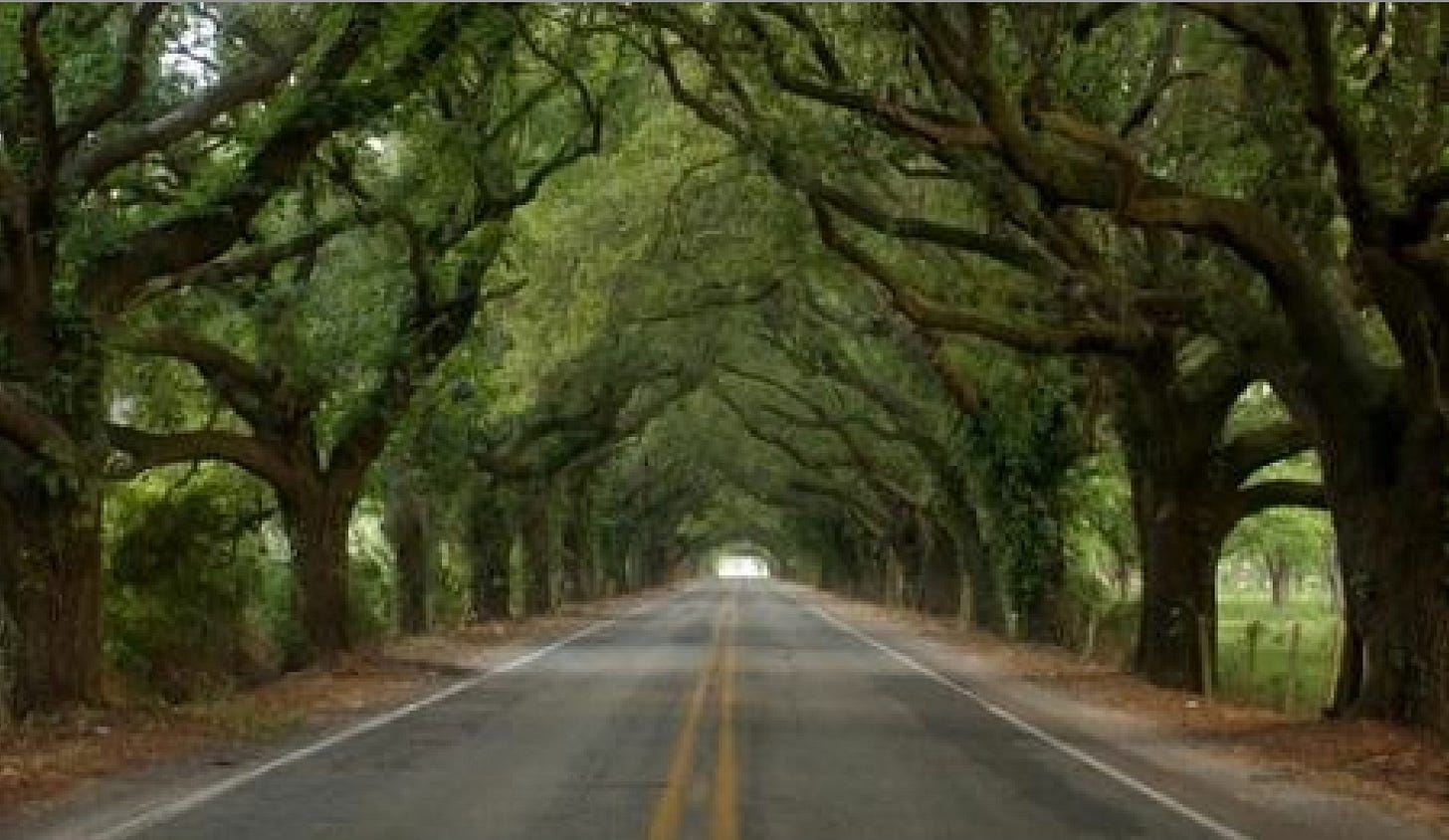Exploring Louisiana’s Oldest Cities: A Walk Through History
Louisiana is a state where the past and present intertwine seamlessly, much like the Cane River winding through Natchitoches, creating a rich tapestry of history, culture, and architectural splendor. Nowhere is this more evident than in its oldest cities, each offering a unique glimpse into the stories that shaped the region. Today, we embark on a journey through three of Louisiana’s most historic cities: Natchitoches, St. Francisville, and Baton Rouge. From their founding days to their enduring legacies, these cities invite us to step back in time and experience the charm and resilience of Louisiana’s heritage.
Natchitoches – The Oldest Settlement in the Louisiana Purchase
A Historic Beginning
Nestled along the banks of the Cane River, Natchitoches (pronounced “Nack-a-tish”) holds the distinction of being the oldest permanent settlement in the Louisiana Purchase. The pronunciation, rooted in Native American heritage, reflects the deep cultural connections that shaped the region’s identity. Founded in 1714 by French explorer Louis Juchereau de St. Denis, Natchitoches began as a trading post to facilitate commerce with Spanish territories to the west. Its strategic location along the Red River and El Camino Real de los Tejas made it a vital hub for trade and cultural exchange.
As the oldest settlement, Natchitoches played a critical role in the development of Louisiana’s Creole culture, blending French, Spanish, and African influences into a distinctive way of life that still thrives today.
Architectural Wonders
Walking through Natchitoches is like stepping into a living history book, where the scent of blooming magnolias mingles with the sound of horse-drawn carriages echoing along its cobblestone streets. The city’s Historic District, with its charming brick streets, is home to meticulously preserved buildings that date back centuries. Landmarks such as the Prudhomme-Rouquier House and the iconic Steel Magnolias House showcase the French Creole architectural style, characterized by steep-pitched roofs, wrought-iron balconies, and spacious galleries.
The Cane River National Heritage Area further enriches the city’s historical landscape, encompassing Creole plantations such as Oakland and Magnolia, where visitors can explore the stories of those who lived and worked on these lands.
Cultural Significance
Natchitoches’ culture is as vibrant as its history. The annual Natchitoches Christmas Festival, a tradition since 1927, transforms the city into a dazzling wonderland of lights, music, and festivities. Events like the Cane River Zydeco Festival and the Melrose Plantation Arts and Crafts Festival celebrate the region’s unique cultural heritage.
Why Visit Today
For modern-day explorers, Natchitoches offers a treasure trove of experiences. Stroll through the Historic District, enjoy a boat tour along the Cane River, and savor local delicacies like Natchitoches meat pies. Whether you’re a history buff or a lover of Southern charm, this city is sure to captivate your heart.
To dive more into the beautiful city of Natchitoches, check out our post: “Natchitoches: Exploring Louisiana’s Oldest City and Its Famous Christmas Festival”
St. Francisville – A Town “Two Miles Long and Two Yards Wide
A Place of Elegance and Tragedy
Perched on the bluffs overlooking the Mississippi River, St. Francisville is a town steeped in elegance and history. Established in the early 1800s, it served as a commercial hub and a retreat for wealthy plantation owners. However, its history is also marked by the tragedies of the Civil War, when battles and occupations left an indelible impact on the region.
Architectural Heritage
St. Francisville is renowned for its antebellum homes and well-preserved architectural treasures, including intricate ironwork balconies and the rare ogee arches found in some plantation structures. The Myrtles Plantation, often called one of America’s most haunted homes, attracts visitors with its intriguing tales of ghostly encounters. Rosedown Plantation, with its majestic oak trees and formal gardens, offers a glimpse into the grandeur of 19th-century plantation life.
Grace Episcopal Church, constructed in 1860, stands as a testament to the town’s resilience. Despite being damaged during the Civil War, it remains an active place of worship and a symbol of hope and perseverance.
Cultural and Natural Beauty
St. Francisville’s charm extends beyond its architecture. The surrounding Tunica Hills provide a haven for nature enthusiasts, with trails that wind through rugged terrain and lush forests. This natural beauty has long inspired artists and writers, earning the town a reputation as a cultural enclave.
Events like the Audubon Pilgrimage celebrate St. Francisville’s historical and artistic connections, particularly its ties to John James Audubon, who created many of his famous bird illustrations while living in the area.
Why Visit Today
Visitors to St. Francisville can immerse themselves in history by touring its plantation homes, browsing its quaint shops, and enjoying outdoor adventures. Whether you’re seeking a serene getaway or a journey into the past, this town offers a perfect blend of both.
Baton Rouge – From Native Lands to the State Capital
A Rich History
Baton Rouge, Louisiana’s capital city, boasts a history as dynamic as the Mississippi River that flows alongside it. Originally inhabited by Native American tribes, the area’s name—French for “Red Stick”—was inspired by a red cypress pole marking tribal boundaries. French explorers claimed the site in 1699, and over the centuries, Baton Rouge evolved into a bustling port city and political center.
Key historical moments include its transition from French to Spanish control, its inclusion in the Louisiana Purchase, and its strategic importance during the Civil War. Each era left its mark, shaping Baton Rouge into the cultural and governmental hub it is today.
Architectural Marvels
Baton Rouge’s architectural landscape is a striking blend of old and new, where the Gothic Revival splendor of the Old State Capitol stands in stark contrast to the sleek modernism of the Louisiana State Capitol, exemplifying the city’s journey through time. The Old State Capitol, a Gothic Revival masterpiece, resembles a medieval castle and offers a glimpse into Louisiana’s political history. In contrast, the modern Louisiana State Capitol, standing 450 feet tall, symbolizes progress and ambition.
Magnolia Mound Plantation, dating back to the 1790s, preserves early French Creole architecture and provides insight into the daily lives of its inhabitants. The city’s riverfront area, with its vibrant mix of historic and contemporary structures, showcases Baton Rouge’s evolving identity.
Cultural Mosaic
As a cultural melting pot, Baton Rouge reflects the diverse influences that define Louisiana. From its Creole and Cajun roots to its modern innovations, the city celebrates its heritage through institutions like the Louisiana Art & Science Museum and the USS Kidd Veterans Museum.
Music, food, and festivals play a central role in Baton Rouge’s culture. Events like the Baton Rouge Blues Festival and the Louisiana International Film Festival highlight the city’s creative spirit, while its culinary scene offers everything from gumbo and boudin to cutting-edge cuisine.
Why Visit Today
Baton Rouge invites visitors to explore its rich history and vibrant culture. Take a walking tour of the downtown area, enjoy riverfront views, and savor the flavors of Louisiana at its many restaurants. As a city that bridges the past and present, Baton Rouge offers something for everyone.
Preserving the Legacy
Louisiana’s oldest cities are more than just places on a map; they are living testaments to the state’s enduring spirit and cultural richness. From the Creole charm of Natchitoches to the elegance of St. Francisville and the dynamic history of Baton Rouge, each city tells a story worth exploring.
As we step into the new year, let these cities inspire us to preserve and celebrate the legacies that connect us to the past. Whether you’re a history enthusiast, a cultural explorer, or simply someone seeking the beauty of Louisiana, these cities offer a journey unlike any other.
If you enjoyed this journey through Louisiana’s oldest cities, subscribe to The Bayou Insider for more stories, insights, and recommendations. Share this post with friends and family who love history and travel, and let us know your favorite Louisiana destinations in the comments below. Together, let’s continue celebrating the vibrant culture and history of the Bayou State!




